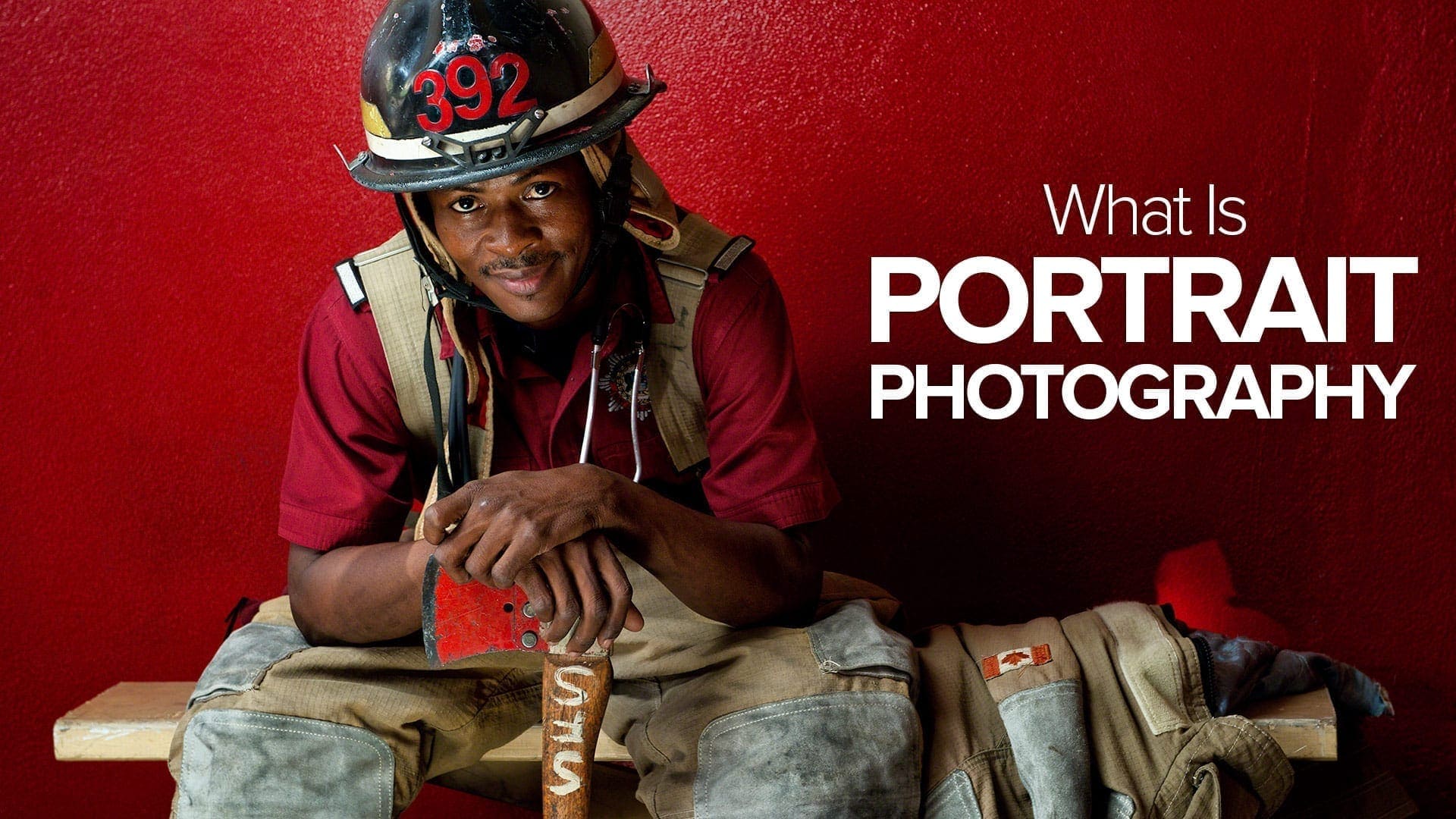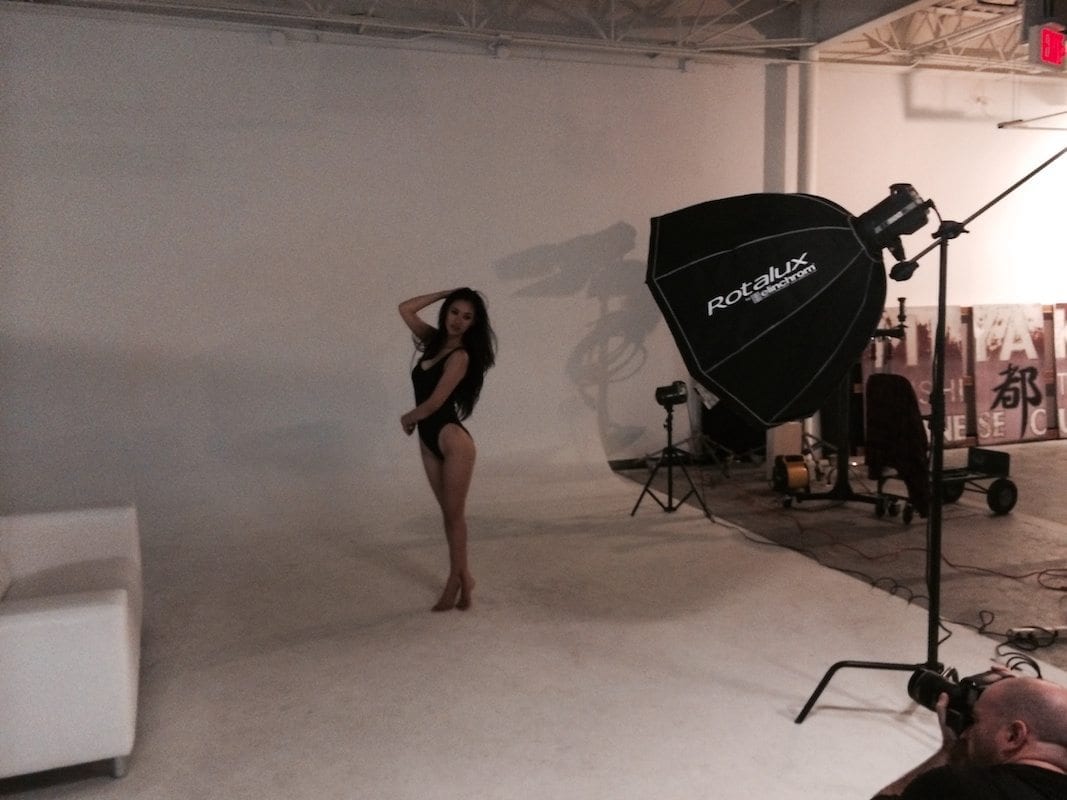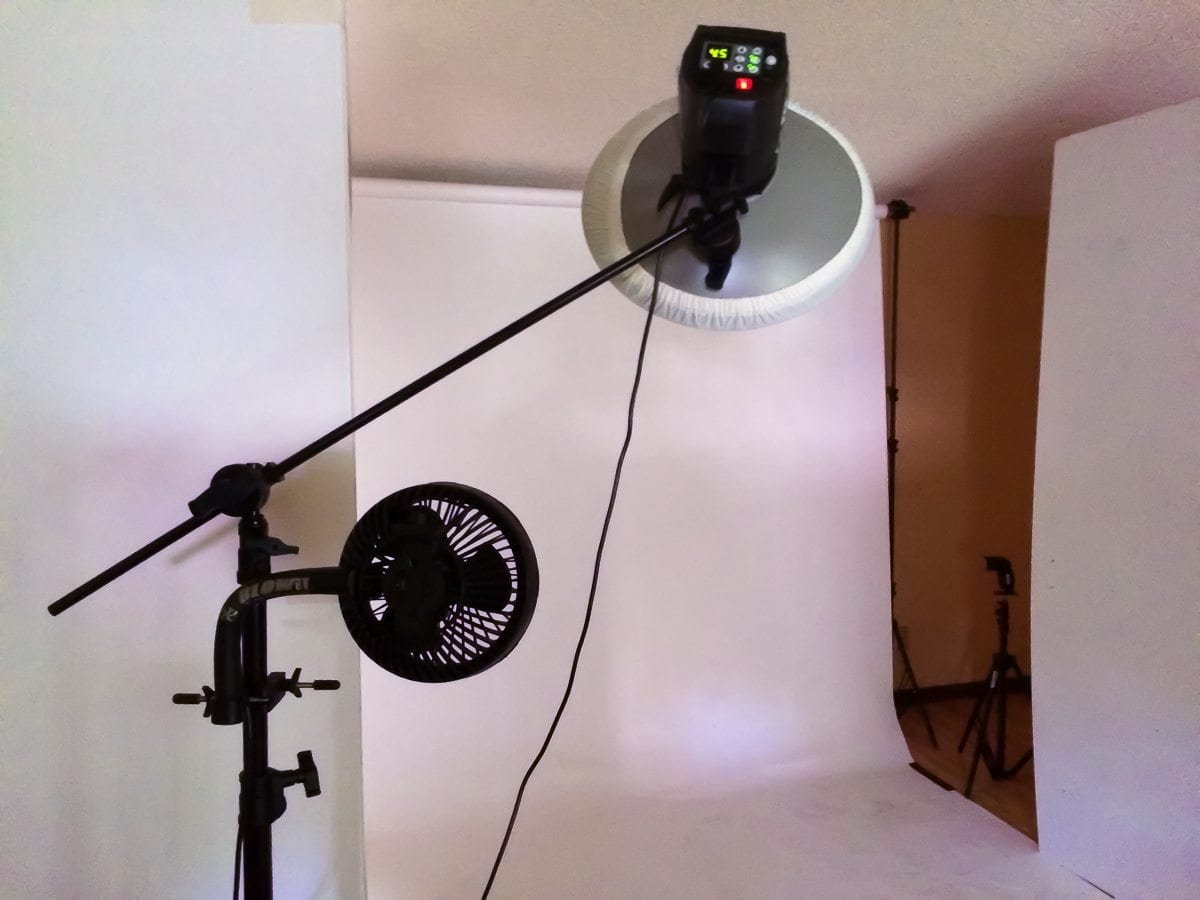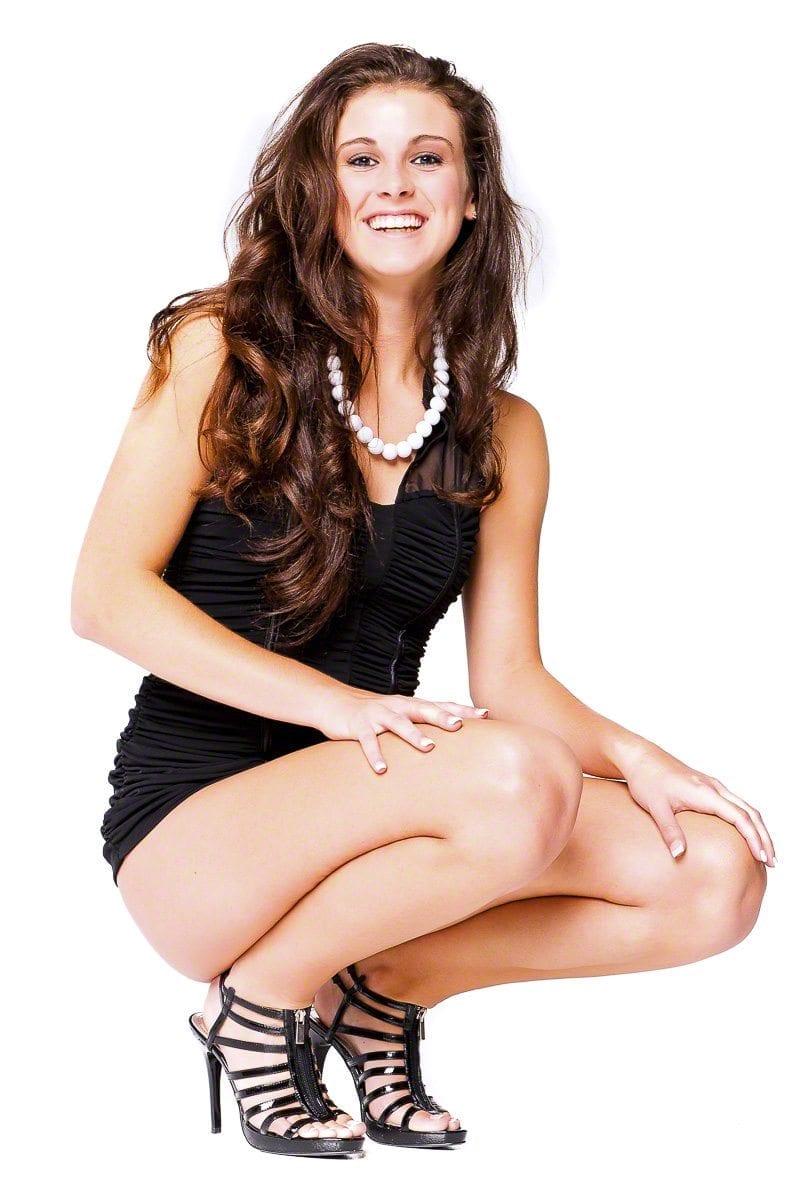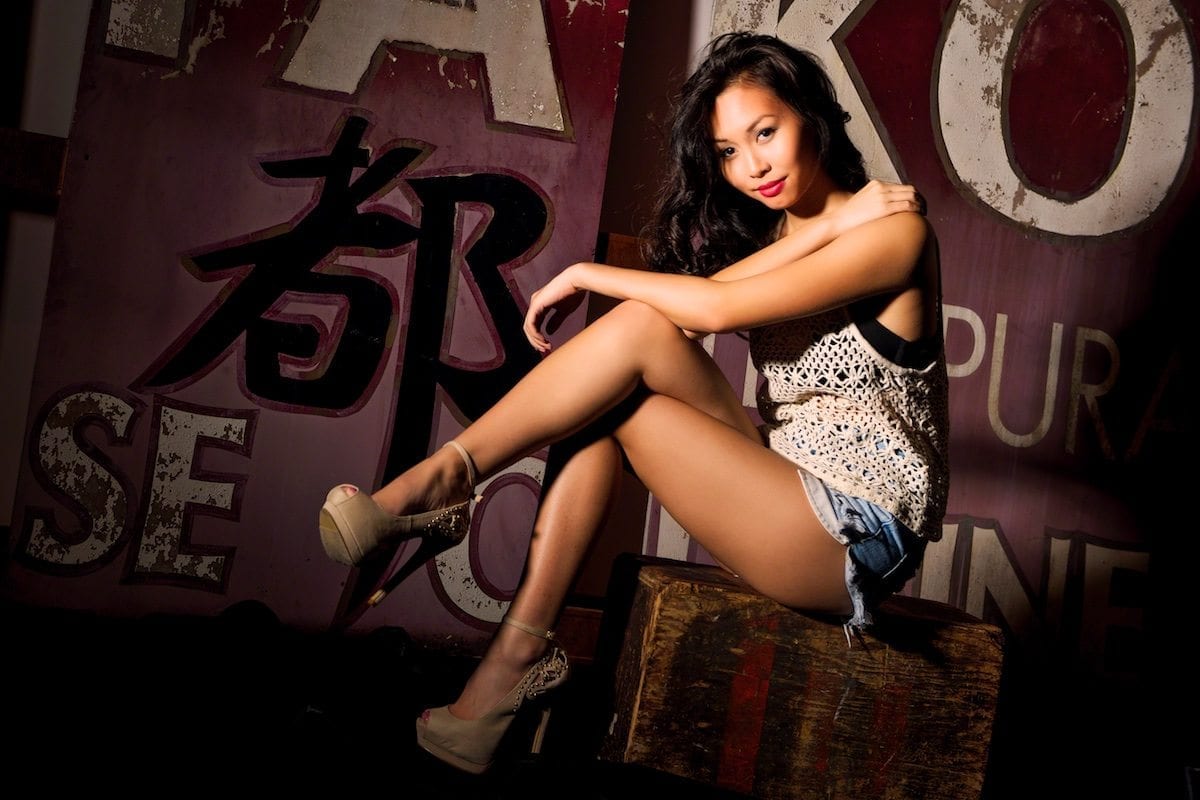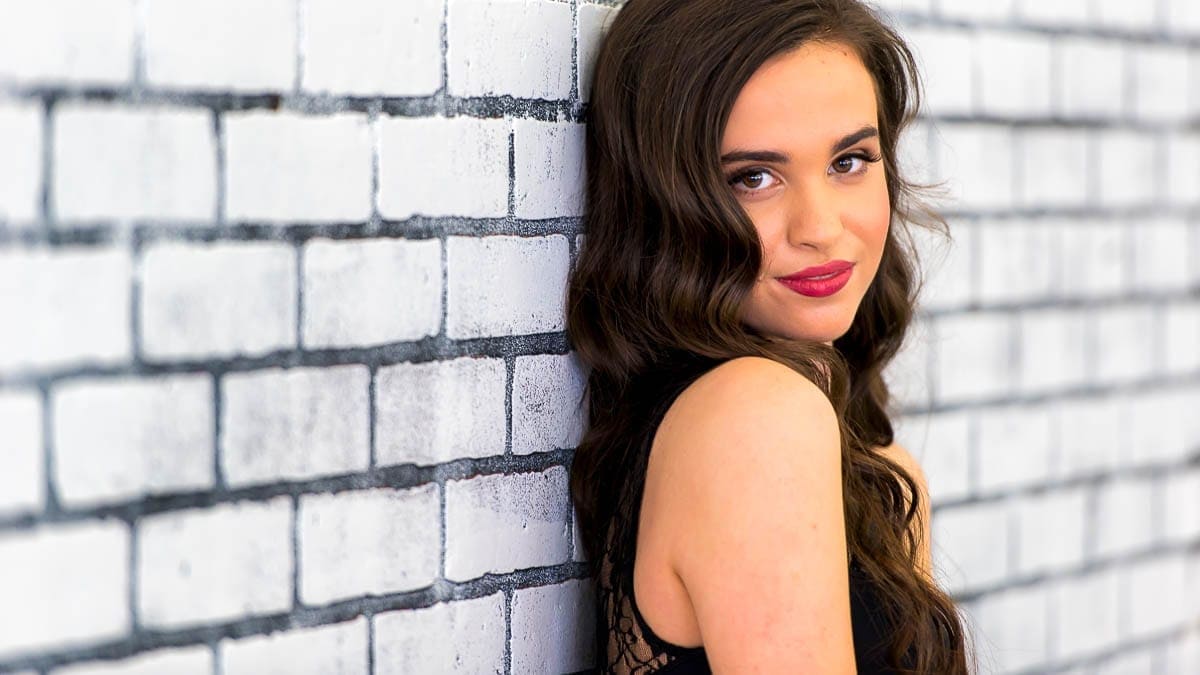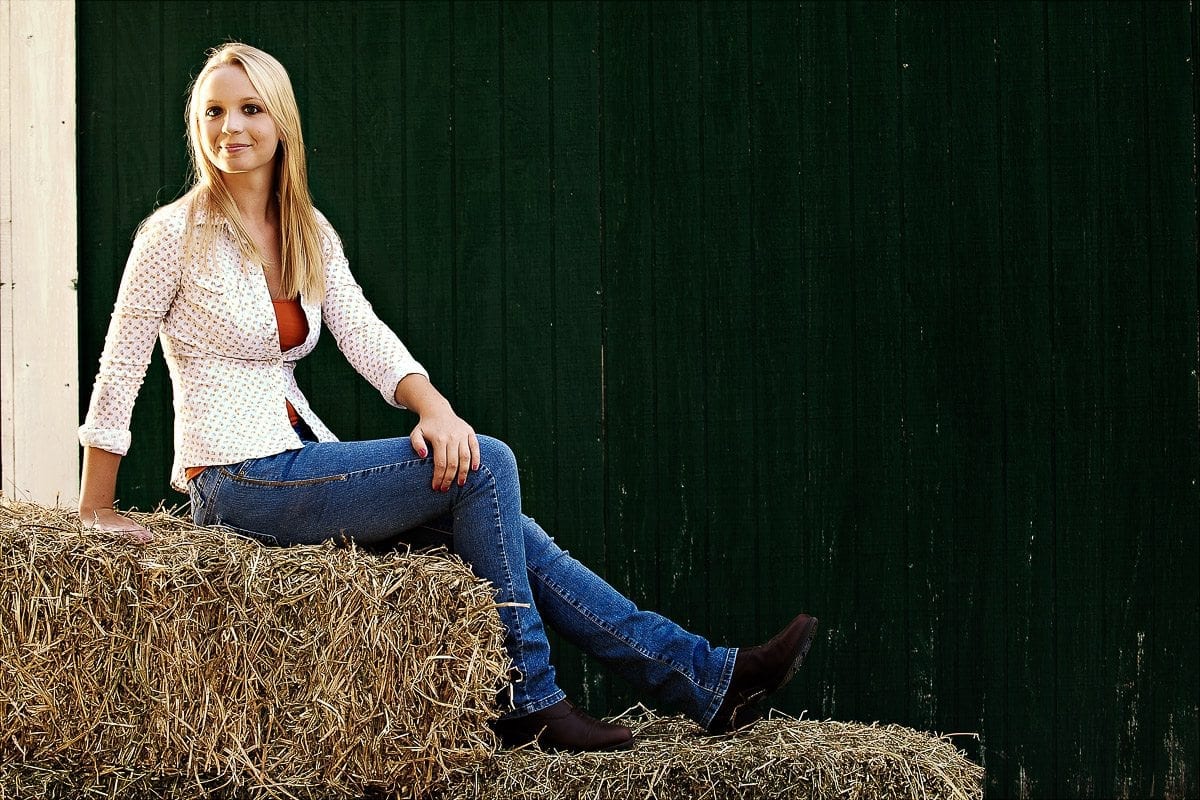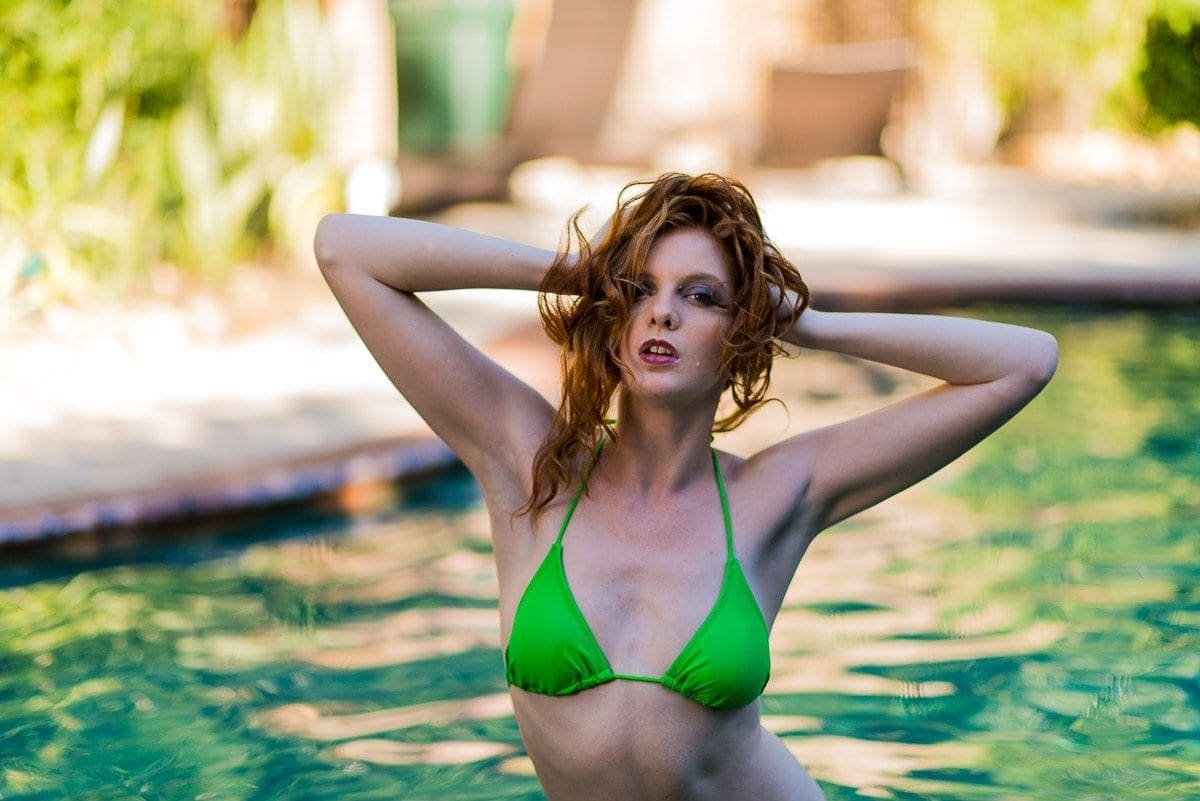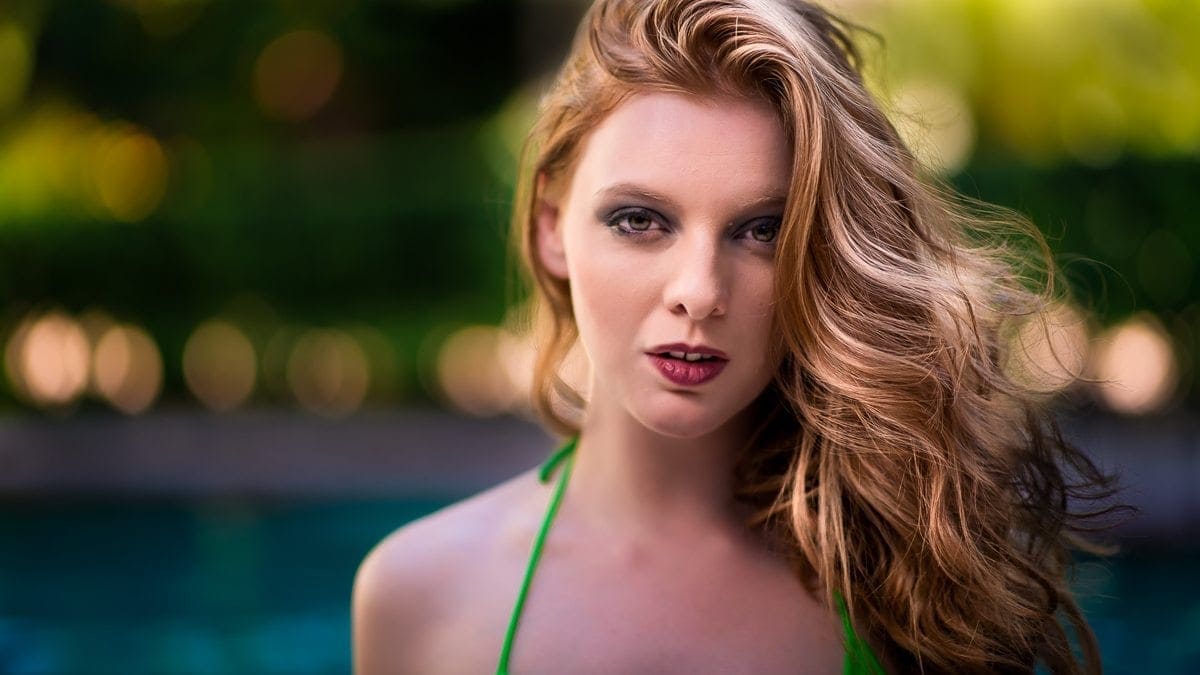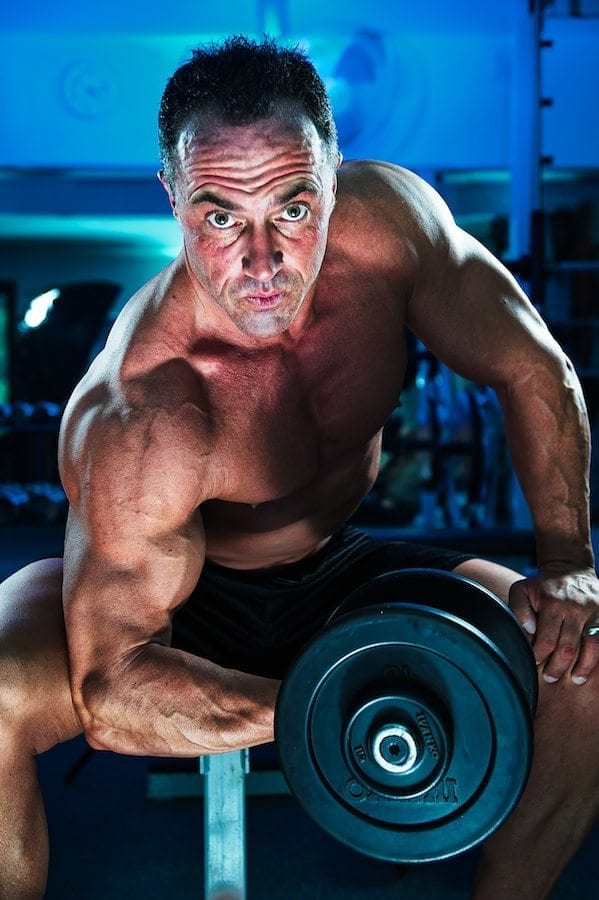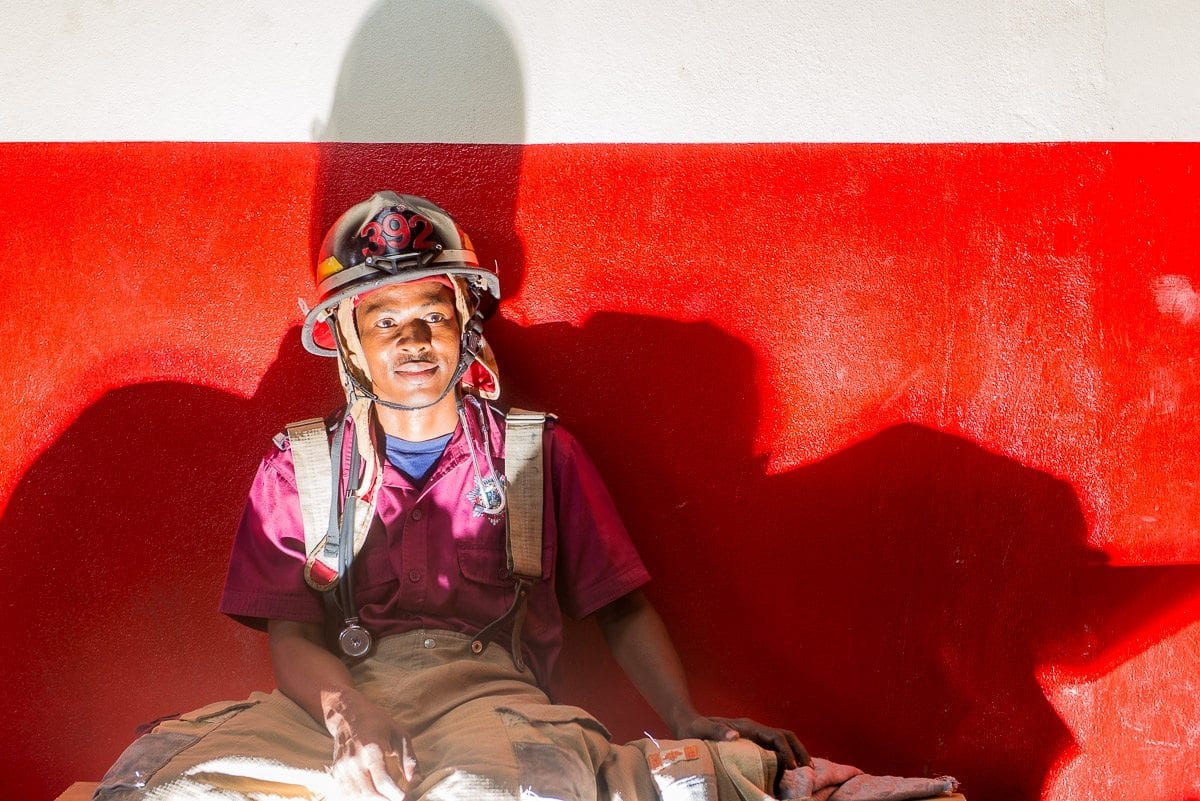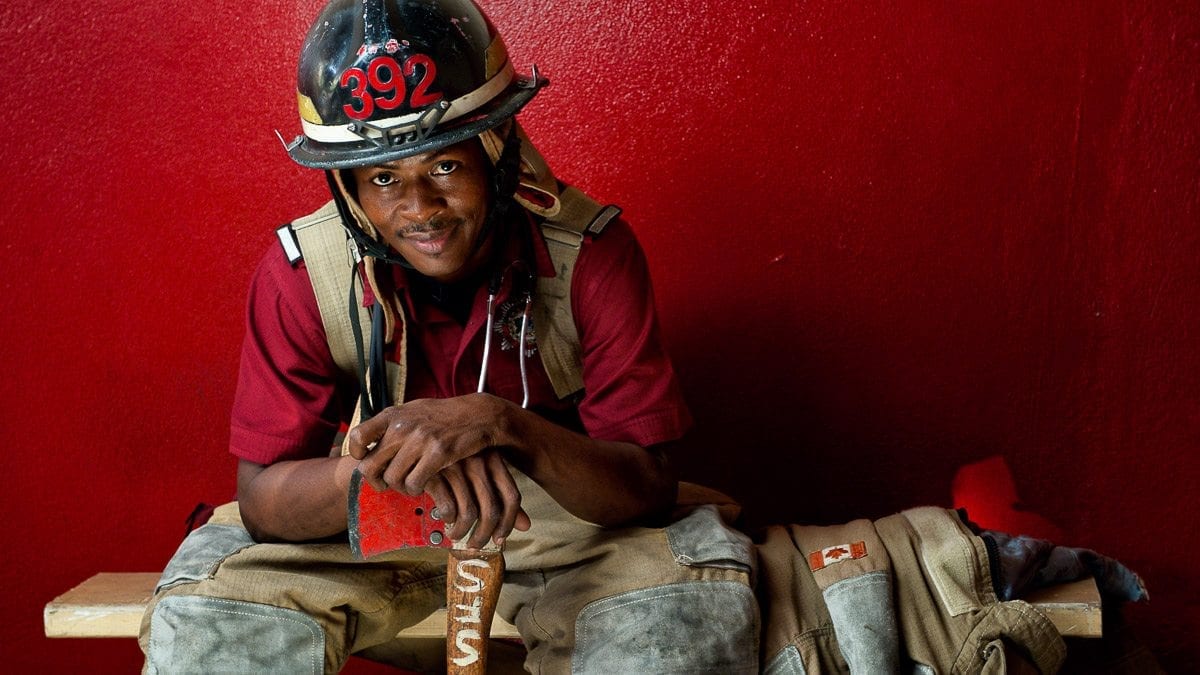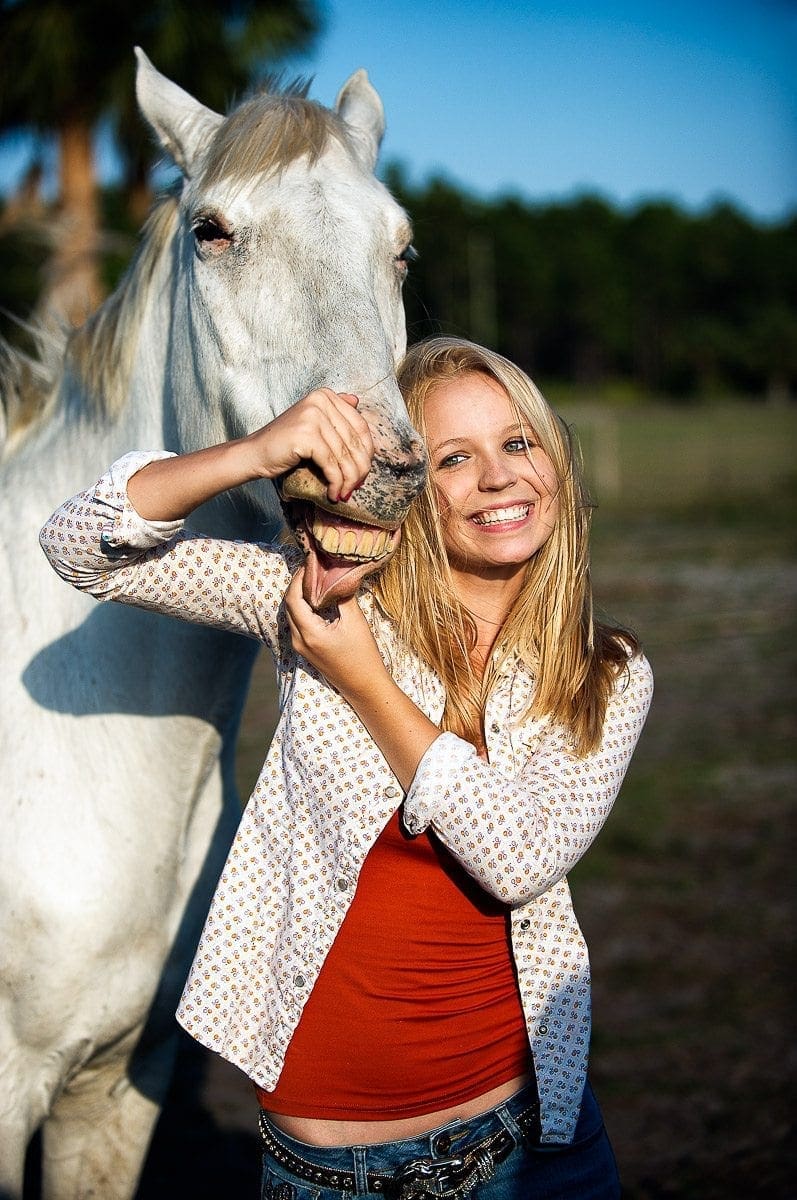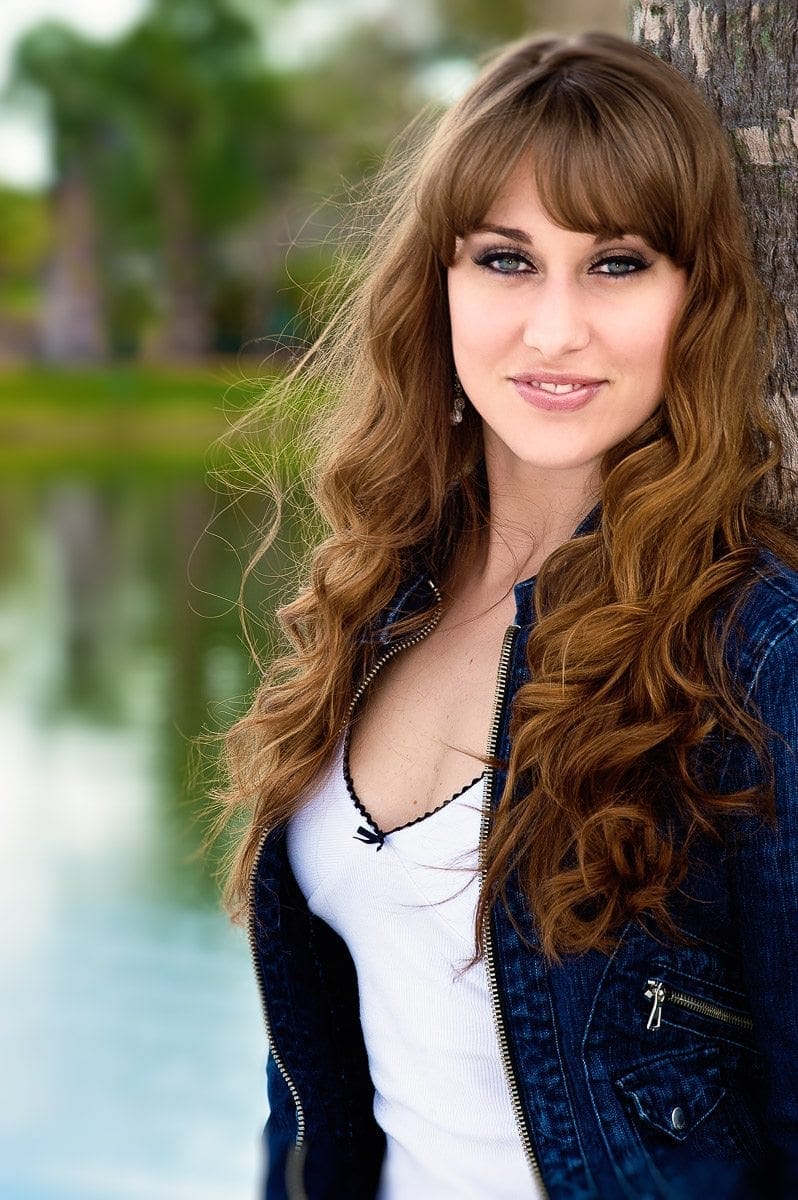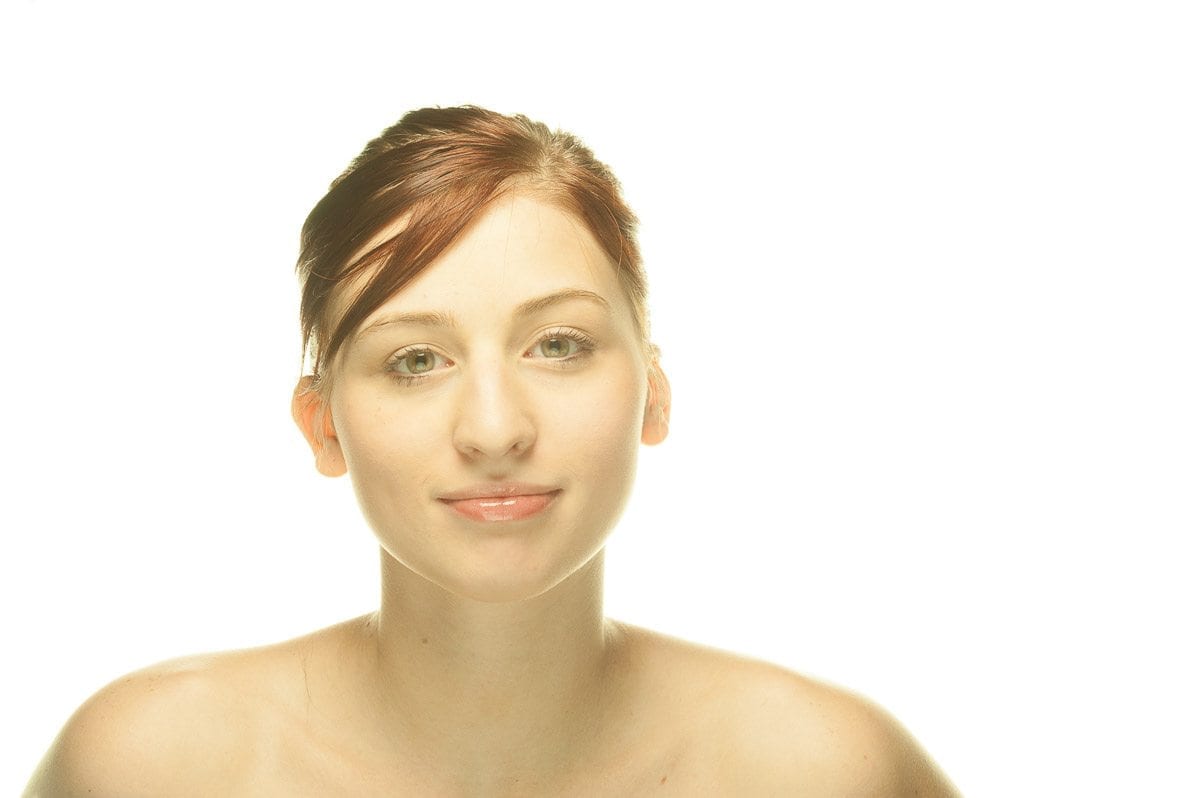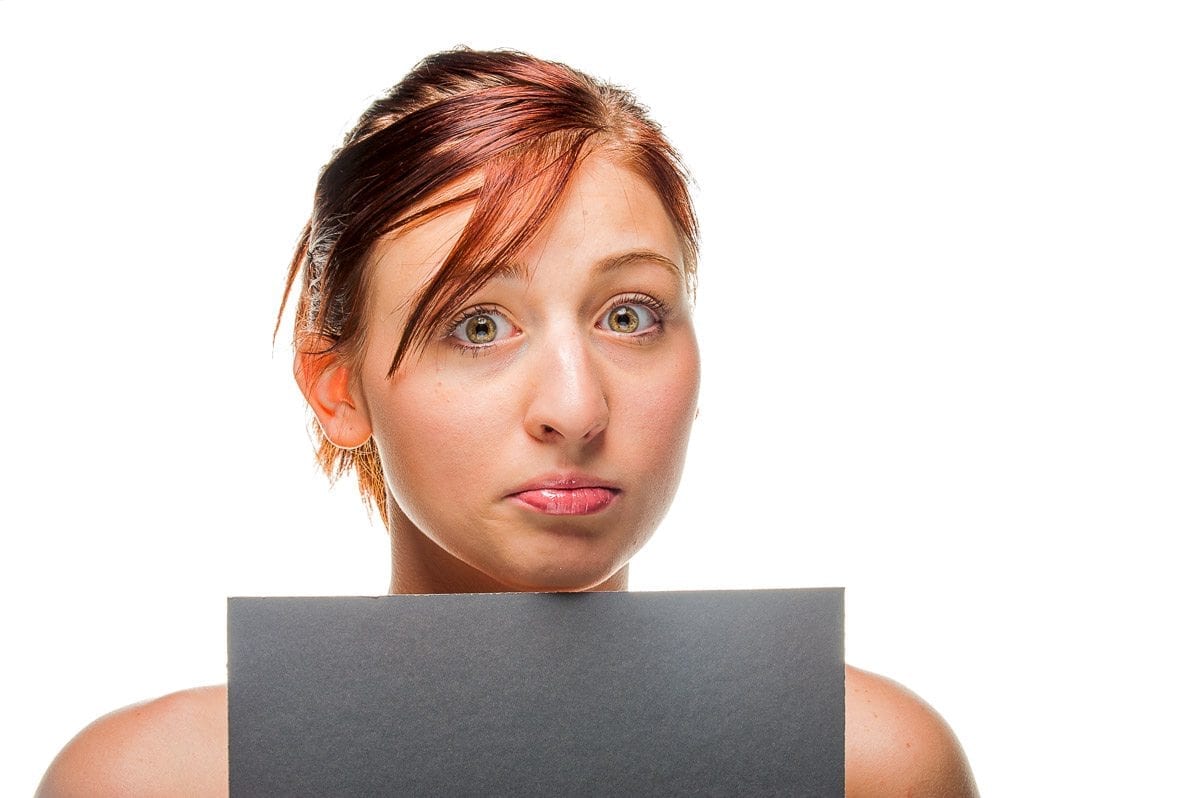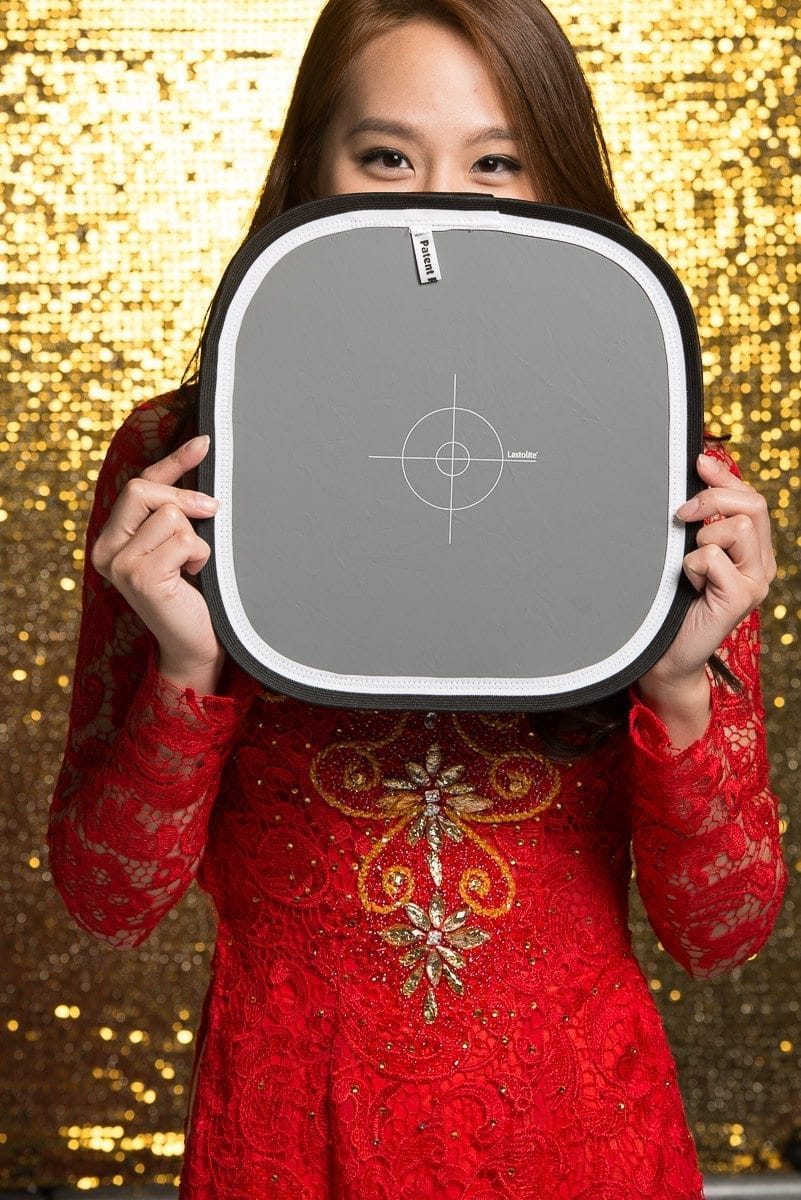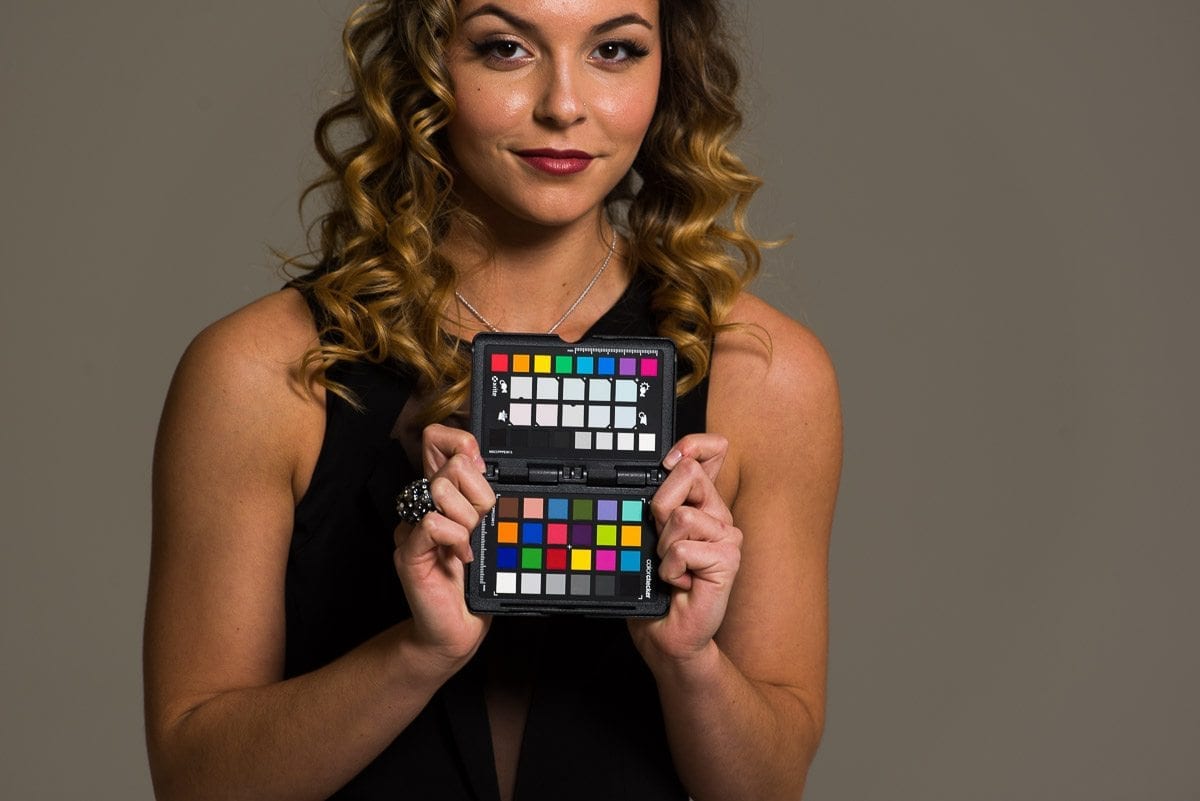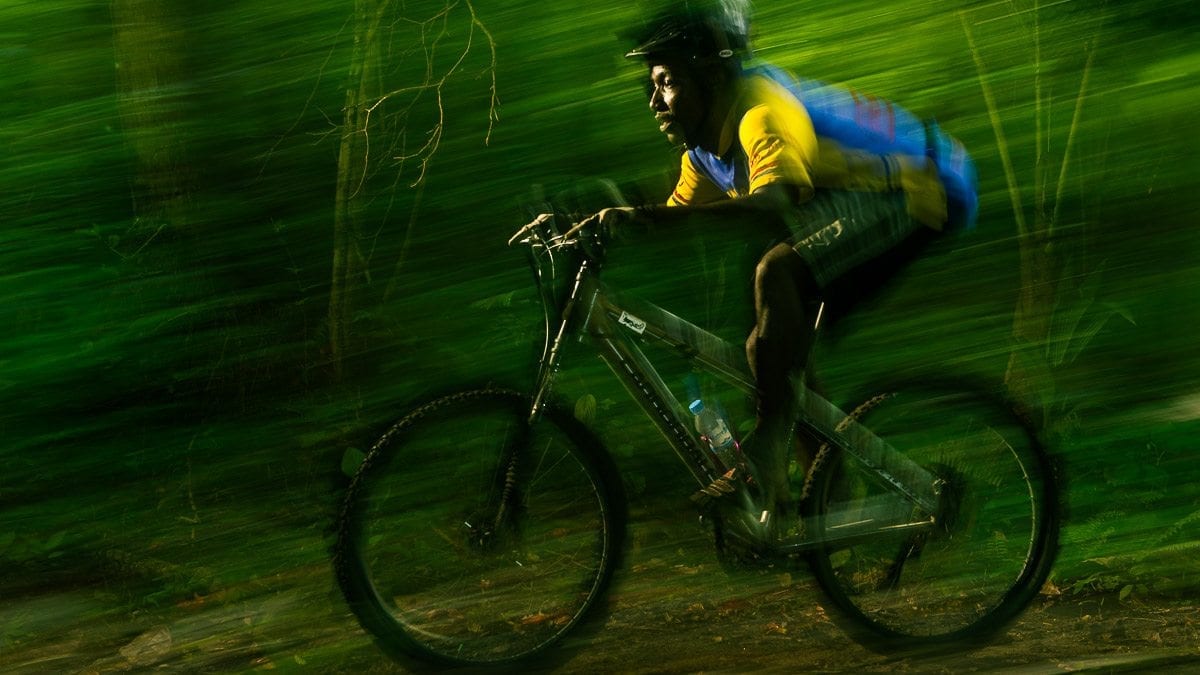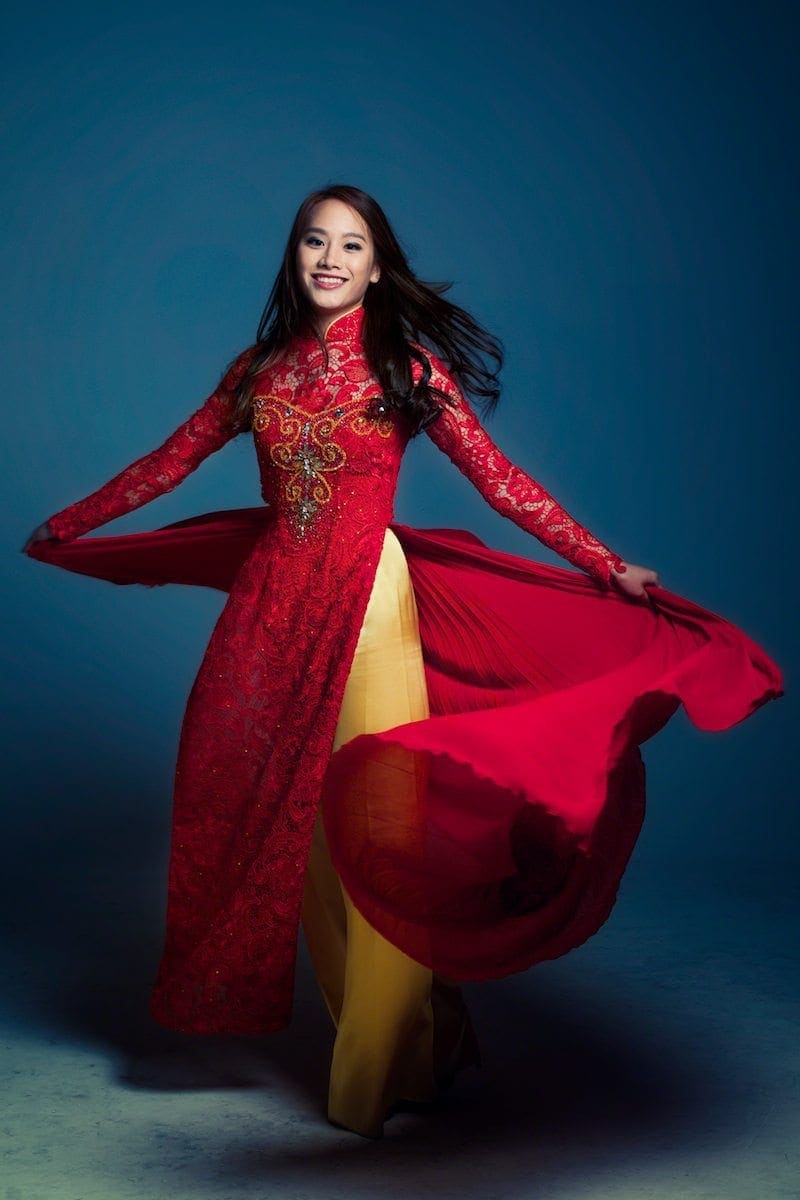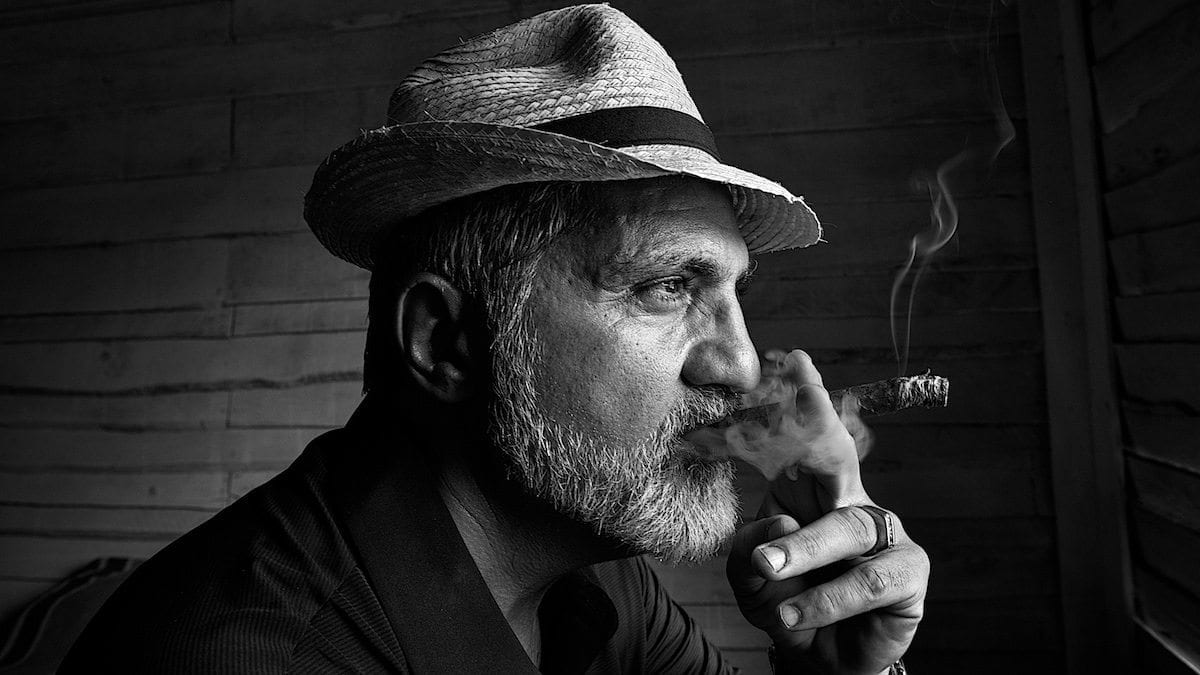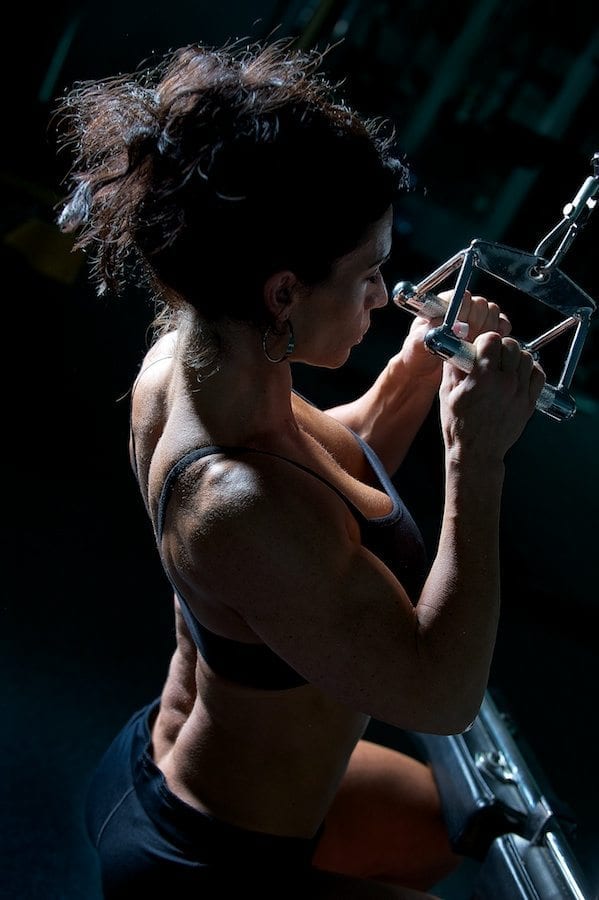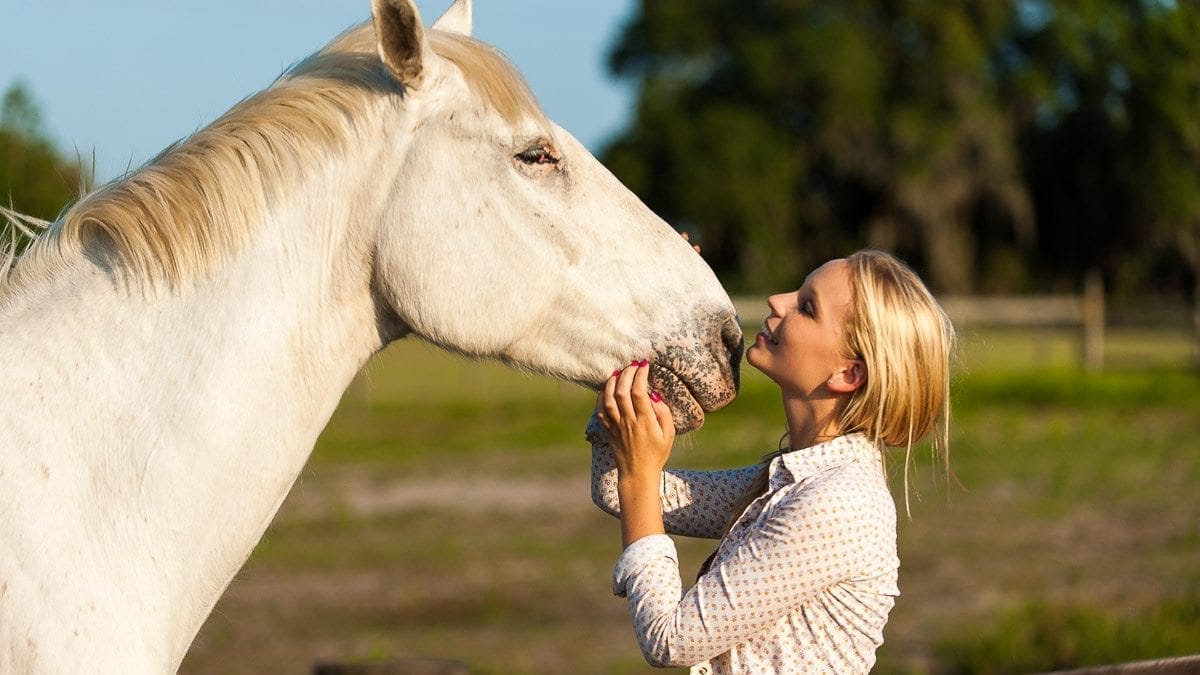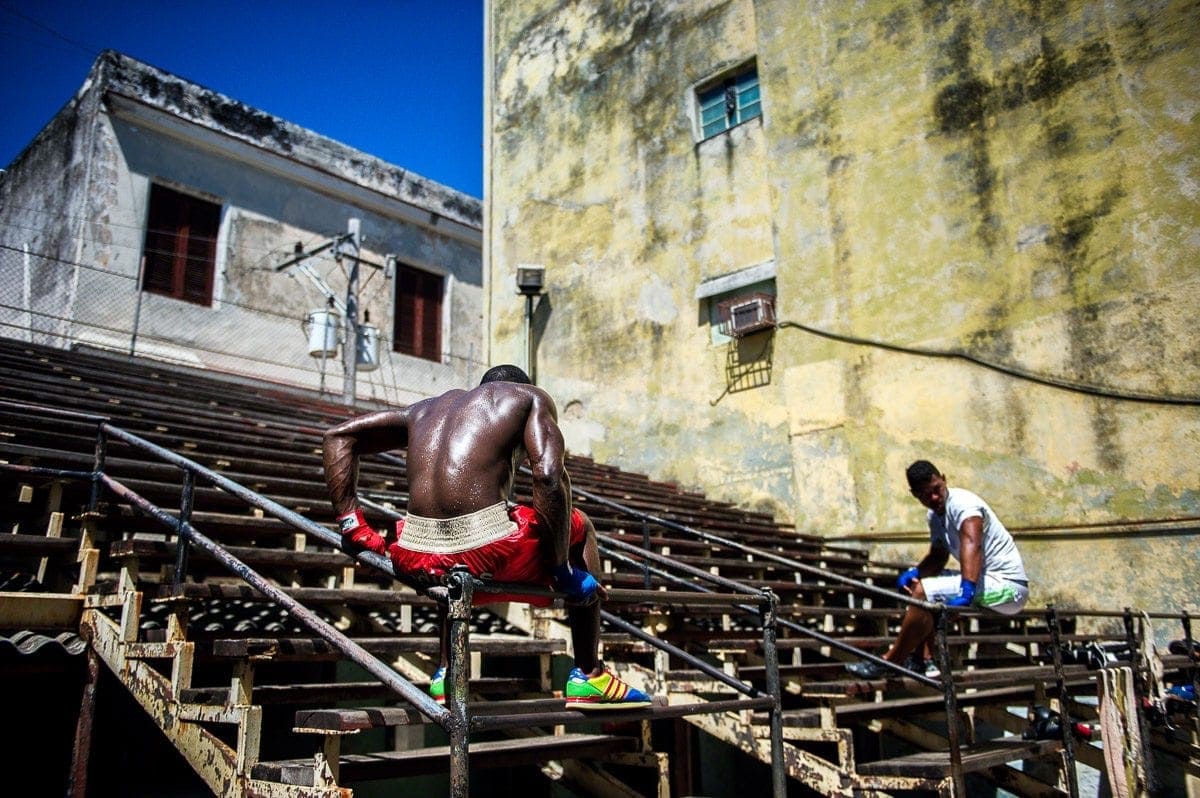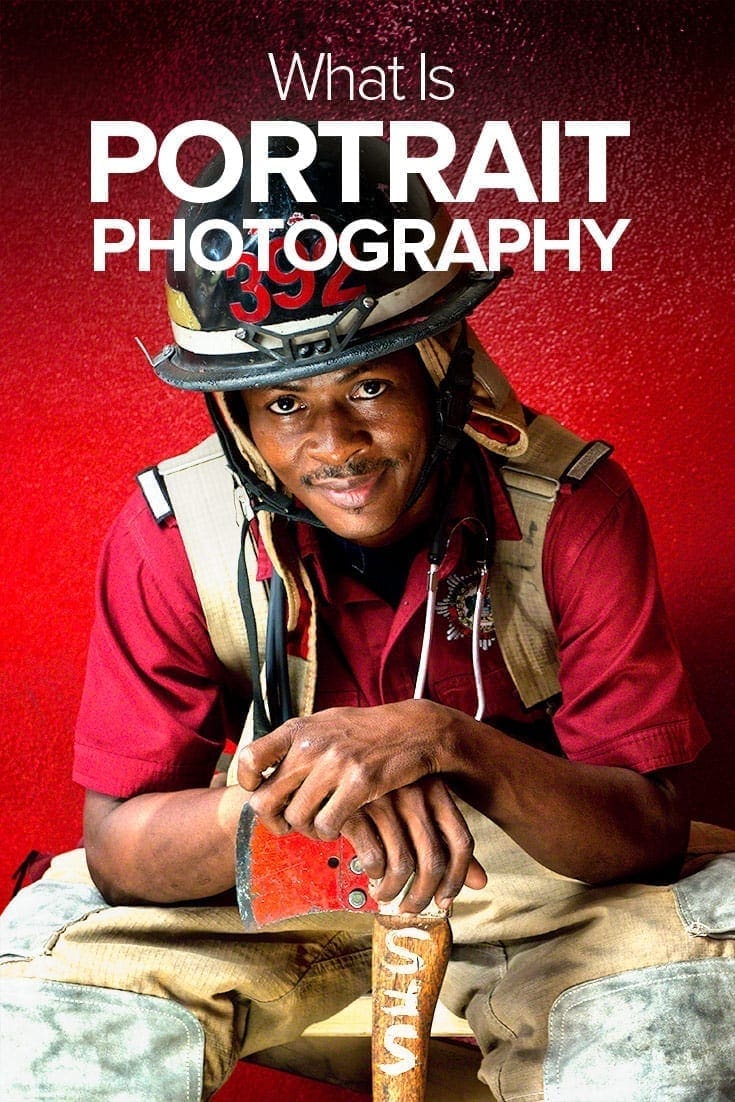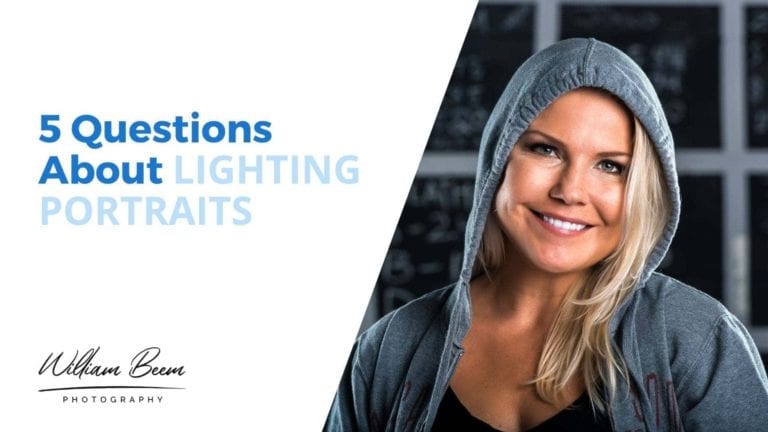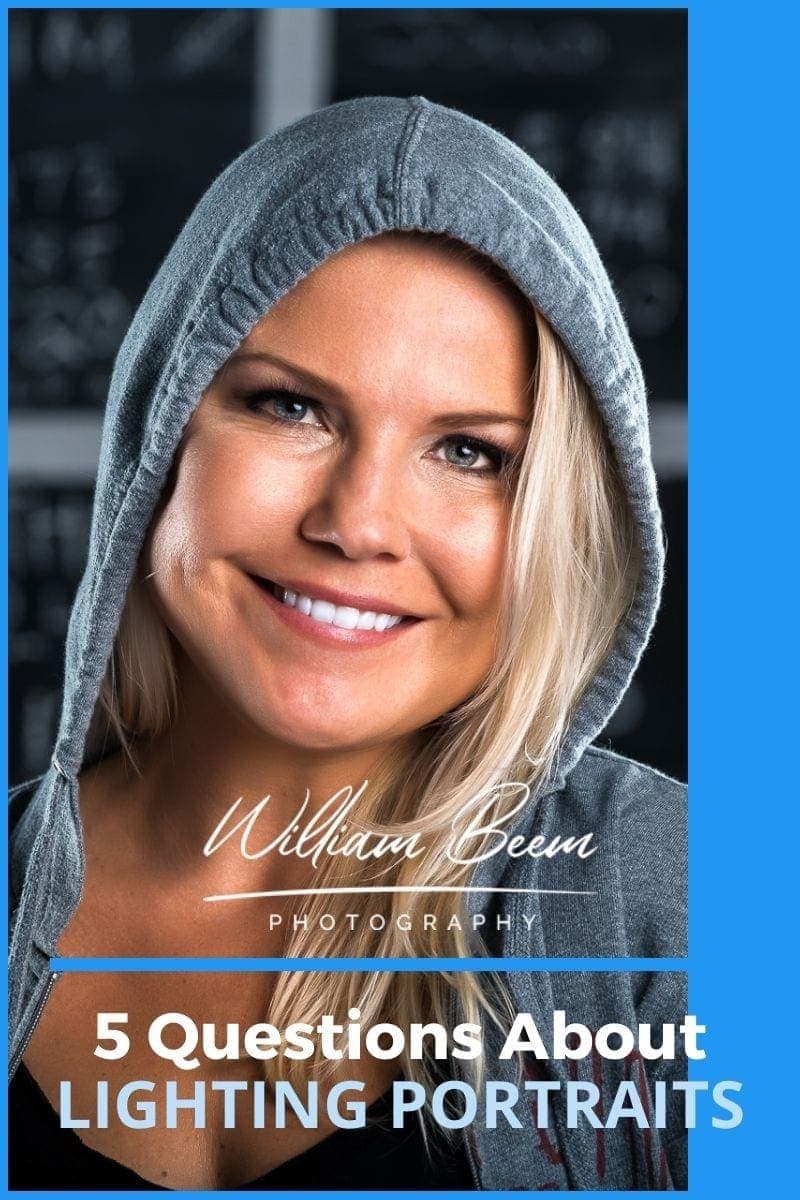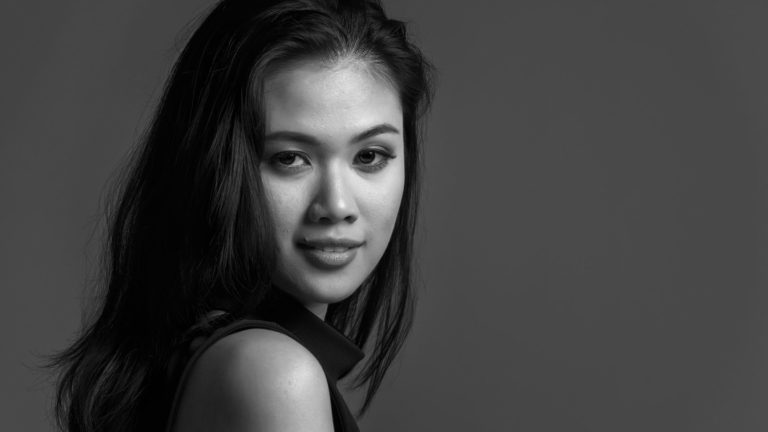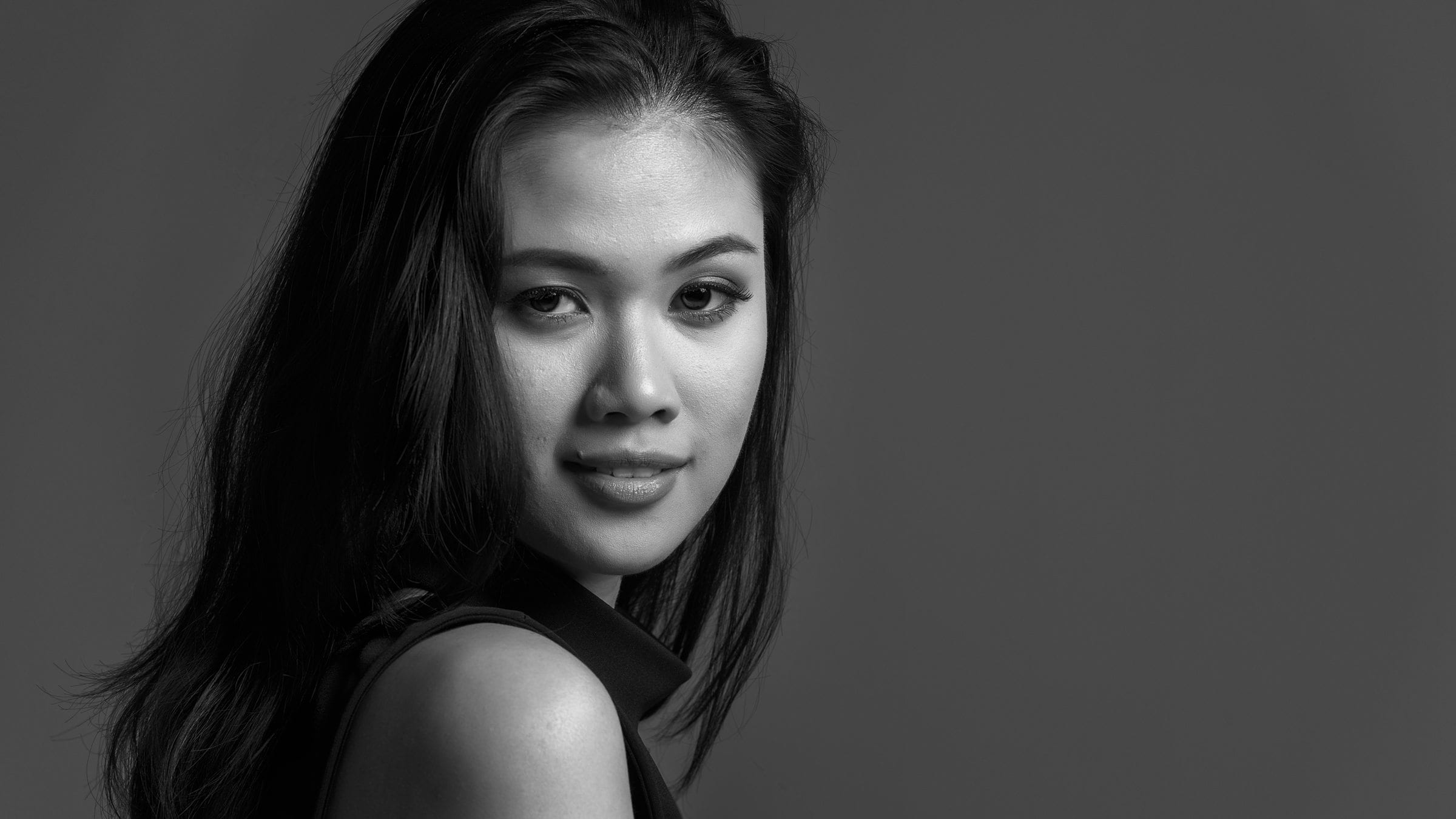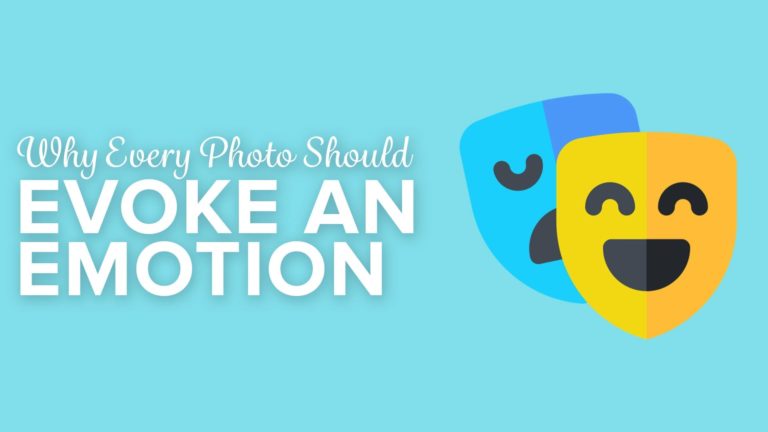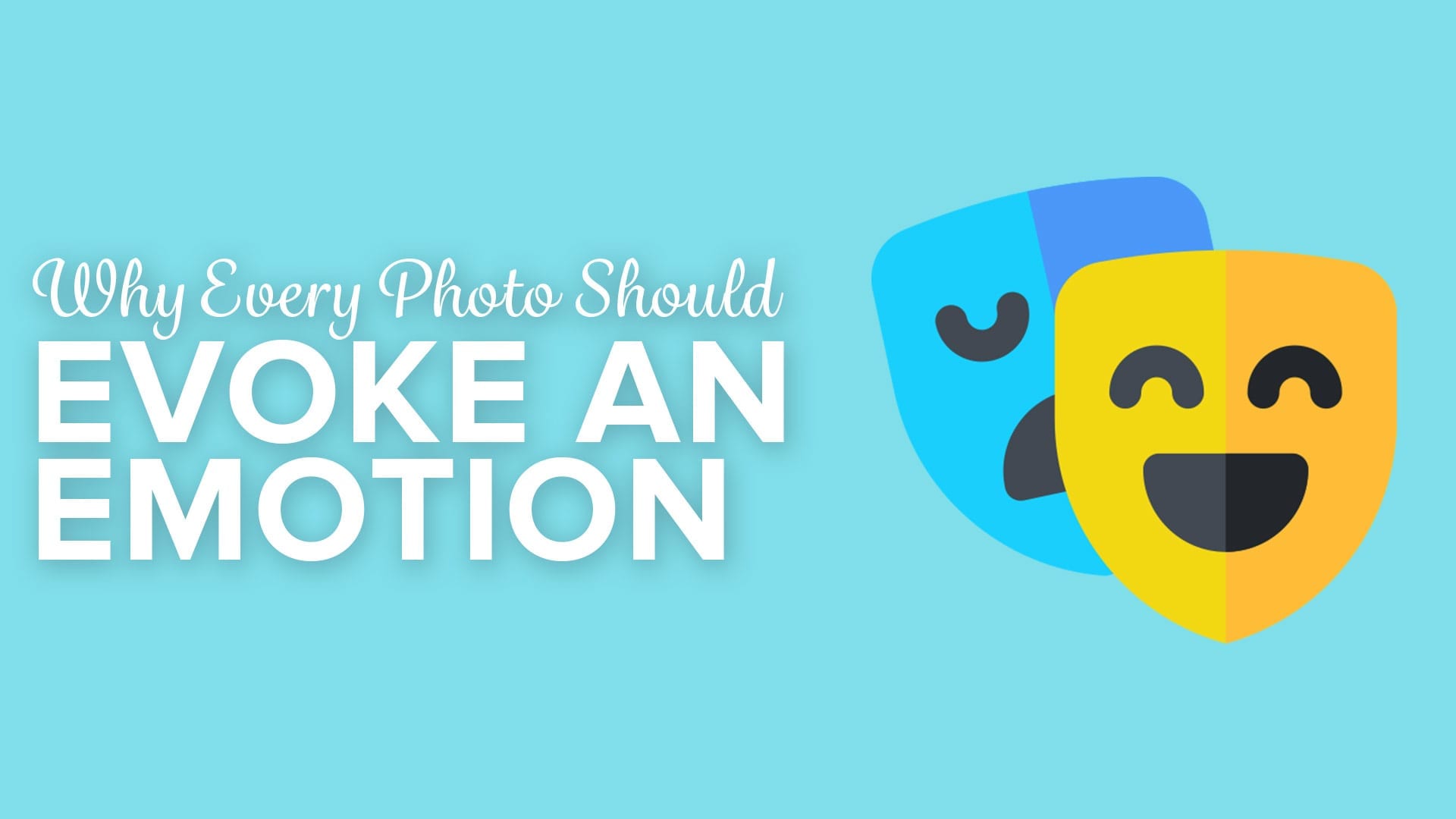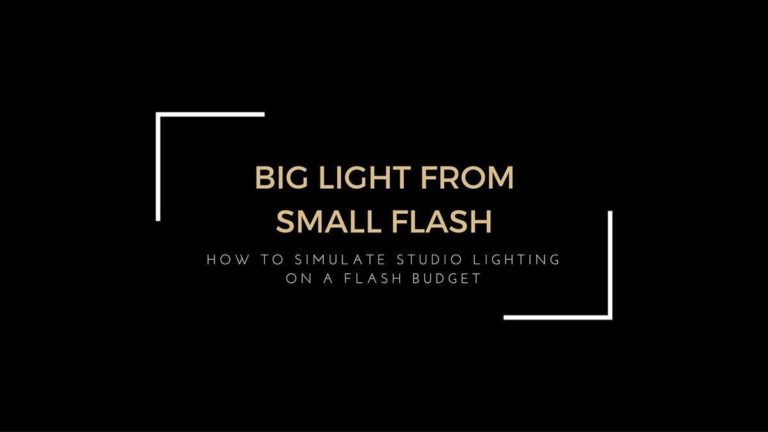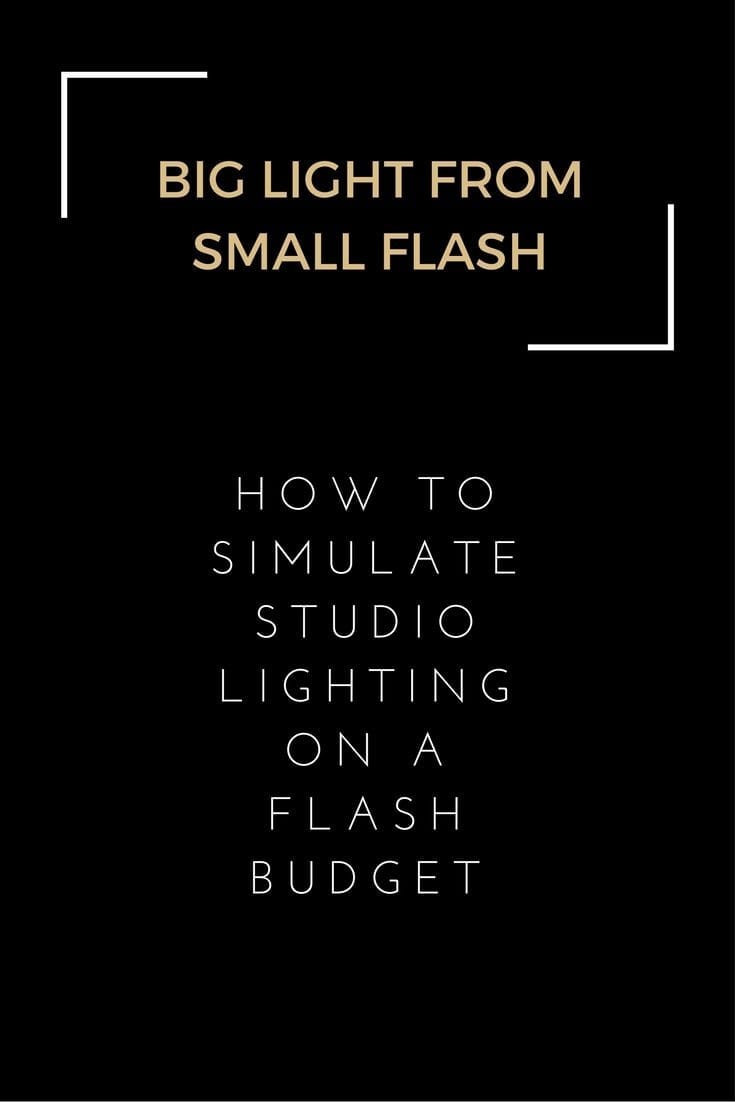Affiliate Disclosure: We earn a commission if you purchase through one of our links at no additional cost to you.
Portrait photography is one of the most popular genres of photography, but it has many meanings that seem to vary from one person to another. Traditional portraits are great, but you can capture some stunning results using creative ideas. So what is portrait photography, or as it’s also called portraiture? Let’s take a deeper look.
Well, that sounds rather simple.
In one sense, it is simple. You know the purpose of a portrait photographer when you look at that definition. You want to capture the personality of your subject in portrait photographs. The problem is that everyone has a bit of a different personality. If you truly want to capture the personality of your subjects, then you need to vary your approach with each portrait session.
Otherwise, your portrait photography ends up looking like a high school yearbook.
Why Do We Need Portrait Photography?
Here are the two reasons you need portraits. You capture photos of interesting people to share with your audience and evoke emotion within them.
Whoever is in your audience, wants to see more than a technically correct exposure. They want to feel something. That’s where you get to use your own powers and emotions to decide what you want to make someone feel when they see your portraits.
There are many reasons that people need portrait photography. Some of them are quite basic.
This isn’t a comprehensive list, but it gives you an idea that people want and need great portrait photography for a variety of reasons. Whether you need a headshot for your profession or you want to commemorate an event, like a wedding, a portrait is a common need. Whatever the motivation, people share one common trait when having their portrait photo taken.
They want to look good.
Our subjects have interior and exterior needs. On the exterior, they need a headshot for professional reasons. The interior needs are to look their best in the portrait.
As a portrait photographer, you shouldn’t just crank out headshots of everyone the same way. It doesn’t matter if the technical aspects are perfect if you fail to satisfy the interior need to look good. Every subject is different.
Part of satisfying the interior need of looking good is working with your composition to capture a flattering angle of your subject. The other part is creating the mood in a subject that reflects his or her personality. You have to get to know your subjects in order to draw out their inner character.
The Four Types of Portrait Photography
There are probably a million different ways to take portrait photographs. I enjoy looking at portraits, both for their creativity and mastery of technical issues. People have taken portraits from here to the Moon under more circumstances than I can count.
When I break it down, I find there are common elements that describe each portrait, at least at a very high level. The four types of portrait photography are:
I’ll explain the differences between each type of portrait photography.
Formal Studio Sessions
First of all, consider that portraits precede the invention of photography. Painters created their portraits with formal sessions where the subject had to remain still while the artist worked to capture their likeness.
Portrait photography is certainly much faster, but the style of a formal portrait remains popular. Photography studios exist to take portraits under very controlled conditions.
Different Types of Portrait Photography Studios
A studio is just a box of a room and you have to bring things inside it to create the environment you desire.
What kind of stuff goes into a studio?
What you need in a studio depends upon the type of people you’re serving. You need enough space to shoot your portrait, but there’s more.
How many people need to be on the set or nearby? Do you need to provide adequate space for customers who are observing the photo session, as with a commercial campaign? Is this an all-day affair where you need to provide catering services?
If it sounds like a portrait studio can be an expensive proposition, you’re right. Even a small, basic studio is just an empty box waiting for you to fill with light and activity.
Renting a studio may be a useful alternative if you don’t want to take on the expense of maintaining your own place. You can take advantage of the resources of a studio for a short time. Some studios may also rent you lighting equipment or other resources for your portrait session.
Creating a temporary home studio may be the answer if you have the space.
The photo above is one variation of my temporary home studio. It’s temporary because that’s part of my living room. You can see one of the studio lights with a beauty dish. Studio lighting can vary in size, from the strobe up front to the small flash firing on the background.
Some Studio Examples
It’s very common to find white backdrops and flooring in studio environments. That creates a neutral environment that’s perfect for product or catalog shots, but rather boring for portrait photography.
That doesn’t mean your studio portraits have to be neutral. Remember, you can bring in anything that will fit to create the environment you want. The photo above is an example of high-key lighting. Since it’ a studio environment, we’re shooting indoors.
The light source for this photo was a very large softbox overhead, and we got stunning results with just one light.
Advantages and Disadvantages of Studio Portraits
The kinds of portrait photograph you can take in a studio are almost limitless, to the extent that your budget is also limitless. There is a reason why motion picture studios spend a lot of money on studios – control.
Anything is possible, given enough time, space, and money.
The disadvantage of a studio is the flip side of its advantages – the cost of bringing all of your imagination into a studio.
Environmental Scenes
You can take environmental portraits anywhere. The key is to fit the environment to your subject in order to draw out a message. In fact, a studio may be an appropriate place to take an environmental portrait of a studio portrait photographer. Environment portraits complement the subject to say something about their personality or character.
That doesn’t mean you have to put your subject in an expected environment.
One of the most interesting tools we can use is contrast. There is more to a person than what they do. You can also showcase another aspect of their life, such as where they live or a place they represent.
Location Scouting for Environmental Photography
One of the key advantages of environmental portrait photography is that you don’t have to carry your environment inside a studio. Instead, you have to go find photography locations.
Sometimes this is a simple task. Photographing someone in their home or place of work reduces a lot of the scouting issues for you.
If an environment isn’t handed to you as part of the job, it helps to know how to scout for great portrait photography locations. Here are a few factors you want to consider:
Environmental portrait photography can be a wonderful experience if you do your research. Things can go bad very quickly on a photo shoot if you don’t know what to expect. Once you step outside of the studio, you release your sense of control of the background, so you may have to roll with some of the changes.
Suitability to Your Subject
There are plenty of environmental portrait location clichés. You see them used even if they have no relationship to the subject.
These are places that photographers go when they have no idea where else to go. That’s because most of them are open and available to the public, though abandoned buildings are often on private property. I’m not saying that these locations are inherently bad.
They’re only bad for environmental portraits if they have no relation to your subject.
Taking a model and putting him against a brick wall doesn’t necessarily tell you anything about the subject. I know, because I’ve taken this kind of photograph before.
Looking at this photo, you probably have no idea that she’s a ballerina. The technical aspects of leading lines and depth of field are there, but the location says nothing about her personality or character.
On the other hand, you can infer more about this next subject from her environment.
A young woman in jeans and boots sitting on bales of hay in front of a barn. It’s a rustic setting and she’s comfortable in her environment. In this case, it’s because she’s an equestrian. The photo may not show her horse, but the environment gives you a clue about her and what she enjoys.
This is a natural light portrait using the ambient sunlight as our light source.
Eliminate Distractions
Your environmental portrait photography needs to inform the viewer about your subject. They have to tell a story that supports the subject. Busy backgrounds and environments compete for attention rather than support your subject.
It’s important to eliminate distractions from your photos.
Anything that competes with your subject is a distraction. A distraction could be a bright spot in your composition, a horizon line cutting through your model’s head, or just a bunch of junk in the background. If an element doesn’t support your subject, eliminate it. Distill your photo to include only the essential elements.
One of the ways to do that is to take a test shot and adjust for the problems. Here’s an example of the first shot of a model in a pool. I’m not proud, but sometimes you have to show your failures to make a point.
I shot a few frames and examined the corrections I needed to make. The biggest problem was my background, so I slightly adjusted my position and we came up with this photo in a few seconds.
By stepping to the left and getting lower to change my angle of view, I went from a tragic hot mess of a background to one that supports the personality and character of my model.
The final photo also changed the camera settings for a shallow field depth, creating the bokeh effect in the background. We also get a better view of the subject’s eyes.
Candid Portraits
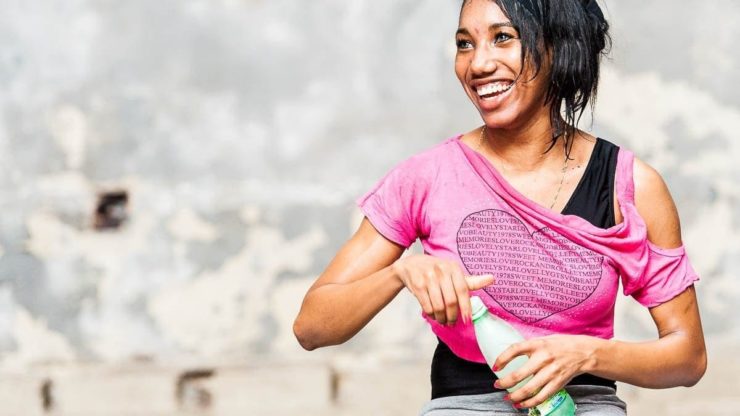
Not all portraits need to face the subject. Neither do the subjects always need to be aware of you as the photographer. Candid portraits capture a moment of life, as you can see the genuine smile on the subject’s face here.
Candid portraits eliminate pretense and preparation. The idea is to show someone in their natural environment and behavior.
There’s a responsibility upon the portrait photographer not to take portraits during embarrassing or demeaning moments. Instead, it’s better to capture the emotion of a moment.
That could be as simple as a child opening a present, or a moment of rest on a hot day, like in the photo above.
Composite Portraits
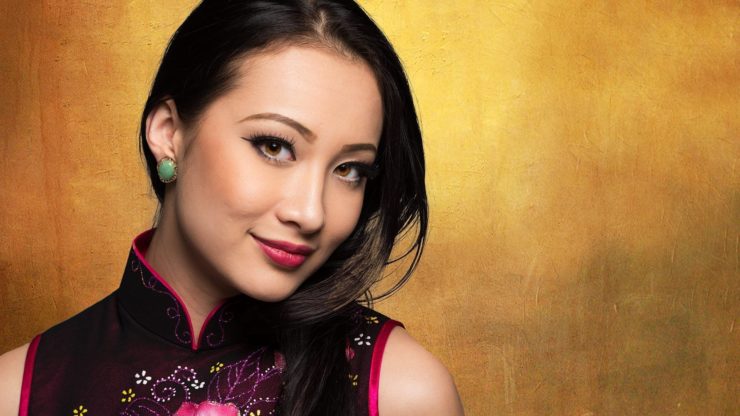
A composite portrait consists of at least two photos combined together to create something new. In the portrait photo above, the subject stood before a white wall. The result was rather boring, but that’s what we had to work with at the time.
The yellow wall that shows in the photo came from another location. I combined the two photos together in software to create a composite portrait.
You can find some very creative photos that are a result of multiple composite photos, creating elaborate scenes that never actually happened. Creative photography works both in-camera settings and during post-processing.
Characteristics of Portrait Lighting
You can’t take a photo without light. Some photographers rage in debates about the merits of natural light or artificial light, but that’s not really the point. After all, there’s no such thing as artificial light.
There are four characteristics of light that matter, whether they come from the sun, a flash, or a firefly.
Direction of Light
You can change the mood of your photo by creatively using the direction of light. Never forget that mobility is one of your greatest attributes as a photographer. Move around your subject and look at the possibilities.
The photo above uses directional light to accentuate his physique. He spent a lot of time working on his body. Are you just going to walk up and hit him with an on-camera flash? It would be a waste of an opportunity.
We used fill light on this portrait from below. I used just one light for the key light and a pair of flashes for the rim lighting on the subject’s features, like his arms and shoulders. The studio lighting helped the subject’s eyes stand out.
Quality of Light
Let’s look at two examples of the same portrait to demonstrate the quality of light. The first one uses hard light.
Now let’s try the same subject with soft light.
As you can see, there is a significant difference in the quality of light between the two photos of the fireman above.
What does that mean?
The quality of light generally refers to the characteristic of light that yields a shadow. A harsh quality of light creates hard shadows, as you see in the top image of the fireman. There tend to be extreme changes between light and shadow on your subject.
On the other end, the soft quality of light has much softer shadows on your subject. The area of brightness gradually degrades into shadow. It’s more of an even light with subtle changes.
There are a lot of people who think that hard light and soft light are good. My own answer is that it depends upon your subject. There really isn’t any such thing as bad light. What matters is whether the light is appropriate for your subject and the circumstances of your portrait.
Hard light gets a bad reputation. Many photographers think of it as bad light, but it’s still useful. Here’s an example shot with a small reflector and without any diffusion.
Take a look at her nose and you’ll detect the dark outline shadow associated with hard light. Sometimes the secret to working with the light available to you is as simple as turning your face.
Hard light invokes a mood. There are places you visit in life without ever thinking about the light, yet capturing a portrait in similar lighting takes you back and gives you a contextual relationship with the photo.
Quantity of Light
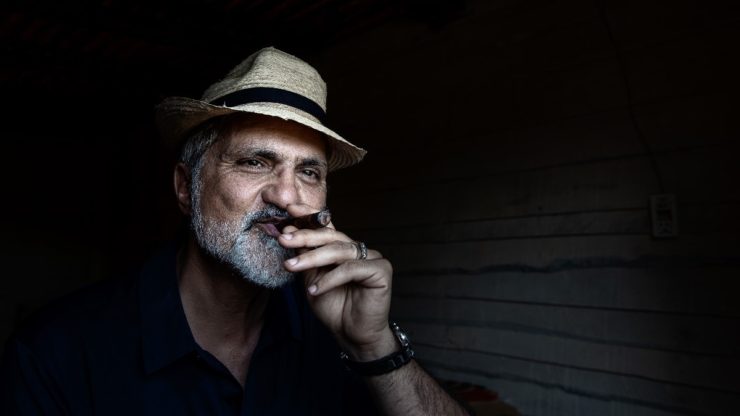
The quantity of light is really just a measure of how much light hits your subject and background. The photo above is a low-light portrait taken using window light. By adjusting my camera settings, I was able to diminish the natural light coming from the sun, at least compared to the human eye.
Standing in this room, it didn’t look quite so dark. However, it also didn’t look very attractive. That’s why I decided to reduce the quantity of light that hit my camera sensor to block out an unsightly background.
High key portraits typically have a very bright, clean look that allows a higher quantity of light to show in the final result.
Color of Light
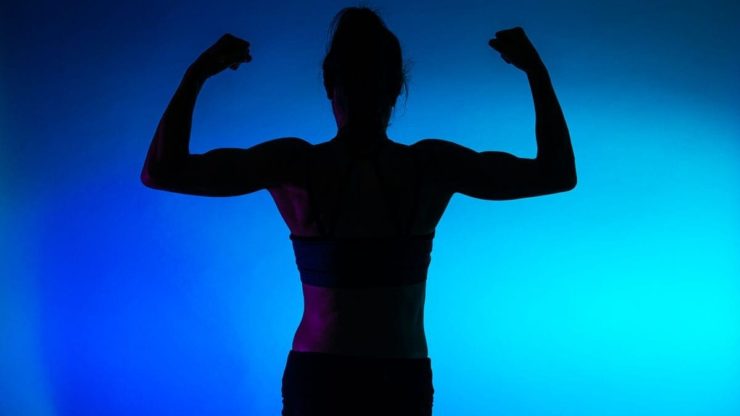
We see the color of light change every day. Light changes color at sunrise, gets neutral during the middle of the day, and we see other colors in light at sunset.
Colors evoke moods, and they can take a boring background a little more interesting. Using gels to change the color of light is a creative approach you can easily use with small flash. In the photo above, I used two flashes with gels on them to get the blue and cyan colors reflected from a white backdrop.
What is Portrait Photography All About?
Portrait photography isn’t about our cameras, gear, and lighting equipment. There is more to portrait photography than our techniques, posing, or direction.
Portrait photography is about relating a human experience. It’s about exposing the character of your subject. Your portrait photography tells their stories.
Your subjects trust you. The way to get the best portrait photo is to understand how they relate to the world, and then capture that in your photos.
1: Expression
In simple terms, expression is a way of communicating thoughts and feelings. Our faces share our emotions. Expressions can be subtle or extreme, but they are the keys to an inviting photograph. You may have heard that the eyes are the windows to our souls, but our expressions open the door.
We all communicate with facial expressions, as do animals. Expressions quickly and vividly announce our mood. While not all portrait photography has to be head-on, there’s something about seeing the subject’s eyes that creates a connection with the viewer.
Charles Darwin noticed and wrote about it in his book The Expression of the Emotions in Man and Animals. Our expressions link movement with our emotional state, which others instinctively understand.
Expression and gestures tell a story. We don’t want to just look at a portrait of someone. We want to understand something about them.
Talk to your subjects. Find out what they’re thinking. Direct them toward the mood of the photo. The expressions will come.
2: Color and Tone
Color matters. The skin should appear natural. Unfortunately, there are many ways to screw up skin tone. It starts in-camera with poor exposure and white balance.
Here’s a sample of poor white balance. There is a yellow color cast that ruins her skin, hair, and eyes.
Your subjects trust you to make them look their best. If you don’t understand how to control exposure and white balance, your subject could end up looking like one of The Simpsons.
Take test shots and examine them for exposure and white balance issues. Make your corrections before proceeding with the photoshoot.
Always bring a grey card or color card for your test shots. Some cameras can set their white balance on the spot with a grey card. At the very least, the grey card gives you a neutral color to use in postprocessing to get natural colors.
If you want something a bit more durable than a piece of cardboard, you can buy a Lastolite LL LR1250 12-Inch Ezybalance Card, as shown in the photo below. It’s durable, packs into a small size, and it has some contrasting lines that make it easy to get focus for your shot.
Is your camera giving you weird, inaccurate colors in your photos? Avoid that issue entirely by using the Lastolite 12-Inch Ezybalance Card.
This helpful tool lets you set your camera's white balance perfectly, so you'll never have to worry about poor coloration again. Not only that, but the Ezybalance Card is also great for exposure control and creating accurate color rendition. It's collapsible and durable, so you can take it wherever you go, and it's easily cleanable too. Plus, it's double-sided with grey and white tones to suit your needs.
Another great choice is a Calibrite ColorChecker Passport Photo.
The Calibrite ColorChecker Passport Photo 2 is the perfect tool for avoiding frustration with poor colors in your photos.
The Portable Protective Case accommodates multiple positions for easy use with four specialized targets. You can create custom camera profiles based on your individual camera/lens/lighting combinations for DNG and ICC workflows. You can also create a custom in-camera white balance for a consistent white point across a set of images without needing to correct each image later.
The enhancement patches allow you to check and evaluate shadow details and highlight clipping, and the lanyard ensures that your Passport is always where you need it.
Photograph the Passport in the same lighting conditions you plan to use for your photo shoot.
You can make sure that your skin tones are accurate, as well as any other color in your photograph.
TIP: Ask your subject to hold the Passport by the edges. You need a clear view of the colors inside.
3: Motion
Not everyone who sits for a portrait will sit still. Don’t be afraid to include some motion in your portraits. Motion adds visual interest and energy to a photograph. It’s another tool you can use to draw in your viewer.
Our eyes react to light, color, and motion. We can’t help it. If something moves, it gets our attention. Sharp focus is great and we need to see some part of the subject in focus. In this case, we see the subject’s face remains sharp due to the short light duration from a small flash.
Use that primal instinct in your portrait photography. You can freeze motion or let it blur. Either way, your viewer will understand that you’ve captured something in motion.
Motion makes your portraits stand out from the crowd.
Motion doesn’t have to be extreme in order to be useful.
Earlier in this section, you see the extreme blur as a bicyclist races through a jungle. Here we see a young woman turning with her dress.
4: Light and Shadows
You always hear photographers talking about light. Of course, we can’t take a photo without light, but there’s such a thing as too much light. Shadows are your friend. They define the edges and allow the light to stand out.
Light and Shadow are Yin and Yang. Each needs the other to develop interest.
Shadow defines your subjects. If you want to accentuate an edge, let the light fall off into shadow.
If you want to create a dark or somber mood, let your subjects emerge from shadow into the light.
More than once I’ve heard Joe McNally share this advice from one of his mentors:
“If you want to make something interesting, don’t light all of it.”
5: Connection
Connections show relationships between people, animals, and even objects. We love seeing couples, people with their pets, or even a favorite possession. Use connections to tell a story about your subject that allows your viewer to relate.
Connections are essential to happy living. We all have our connections and we recognize them in others.
Some of the most powerful connections show a display of love and affection. Connections make you think about the subjects in the photo.
When you’re seeking subjects for your portrait photography, consider asking them about their own connections. They help identify our subjects and inform our viewers.
Relationships with animals make very compelling portraits. They bring out the best in your subjects and add a “cute” factor to your portrait photography.
6: Environment
Environmental portraits connect your subject with a location, creating something that goes beyond a standard portrait. It gives you the opportunity and the challenge to put a person in a place. Do it well and your viewer will enjoy it.
I attended a training area for boxers in Havana. They work incredibly hard in their training, thanks to a mindful coach.
Even without his direction, they spent part of their time running up and down these stairs in the heat of the day. I would have collapsed.
Your Responsibility as a Portrait Photographers
If you’re still wondering, “What is portrait photography?“, the answer is simple. It’s a responsibility to your subjects.
People love to see photos of other people. People love to see themselves in photos that look great. They will share those photos with pride. A great portrait photo is something they want to show to their friends, family, and everyone in the world.
Portrait photography affects emotions like no other genre.
Capturing someone’s portrait is more than a hobby or profession. It’s a matter of trust. Your subject trusts you to make them feel good and produce a result that delights them.

